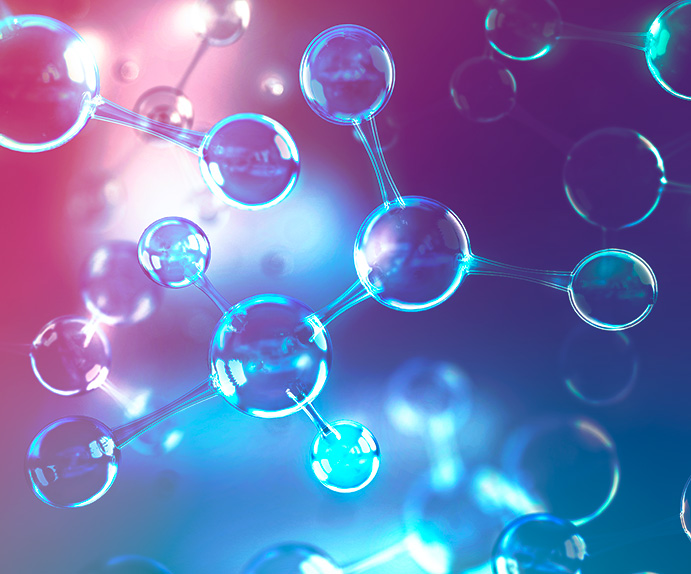Have you heard of ITER?
ITER is undoubtedly one of the most ambitious projects ever undertaken by mankind, not only because it constitutes a challenge in terms of complexity and cost, but also because it involves the coordination of more than 35 countries across the world. This said, what is it about?
The aim of ITER (International Thermonuclear Experimental Reactor) is to demonstrate the viability of nuclear fusion as a valid technology for electricity generation. The project addresses the construction of a nuclear fusion reactor at Cadarache, in the south of France.
The ITER fusion reactor is based on magnetic confinement in a toroidal vessel (it is the world’s most powerful “Tokamak”) and is expected to achieve its first plasma in early 2025 (refer to the link).
How does Tecnatom participate in the ITER project?
For many years now, the companies manufacturing the ITER reactor have placed their trust in Tecnatom for the development of equipment and techniques for ultrasonic inspection and operation activities.
Several contracts have been successfully performed over the years for the development and qualification of ultrasonic inspection procedures and the supply of equipment for a variety of components, the following being particularly significant:
- Vacuum vessel, the most critical component of the ITER (a consortium comprising Ansaldo Nucleare, Mangiarotti and Walter Tosto). Furthermore, Tecnatom supplies the company Equipos Nucleares, S.A. (ENSA) with mechanical systems for the ultrasonic inspection of vacuum vessel assembly welds.
- Precompression rings, the heaviest element ever made from glass fibre (a project led by Airbus)
- Toroidal coil boxes, measuring 16.5 metres in height and 9 metres in width, with a weight of 200 tons (under a contract with SIMIC).
Tecnatom is currently involved in new contracts relating to ITER, among others as a third party for the supervision of inspections. The Company has recently been awarded a new contract for the validation of stainless steel welds performed by means of laser technology, along with the Spanish laboratory AIMEN, which is in charge of fatigue failure and fracture mechanism issues.
What are the next steps?
Since its constitution in 2007, the ITER project has become an increasingly tangible reality and, as has been pointed out above, its initial successes in addressing the challenges posed by nuclear fusion energy are expected by the year 2025.
Work will continue with a view to meeting the needs of ITER and to making fusion a viable, safe and environmentally sustainable way of generating energy.






